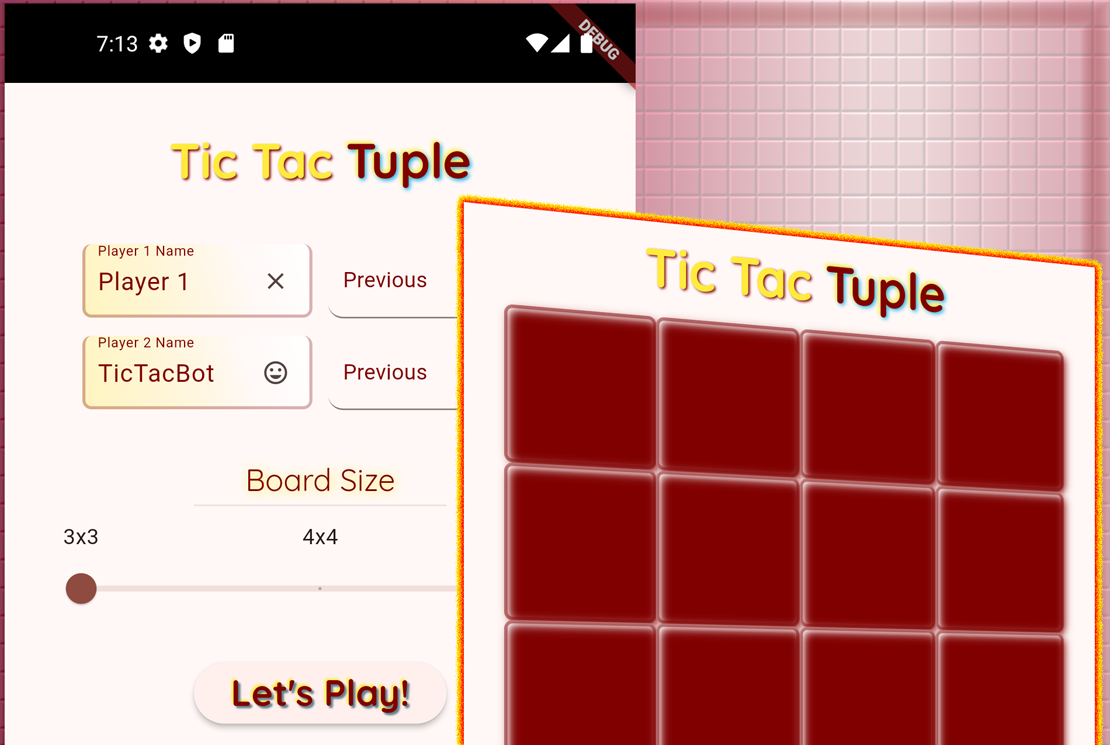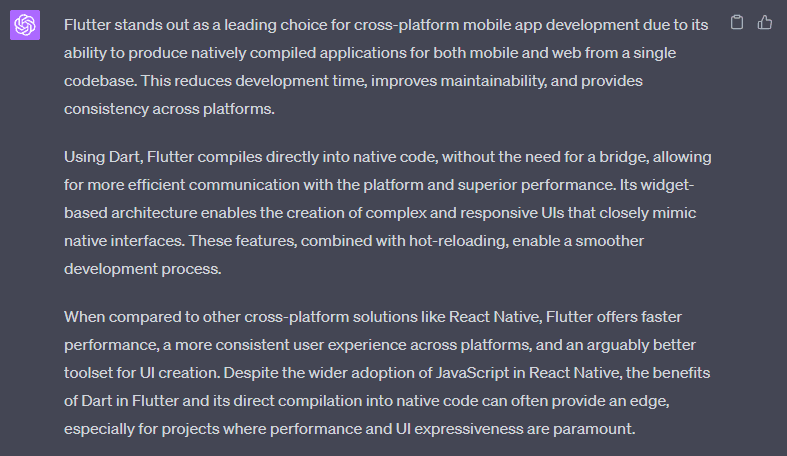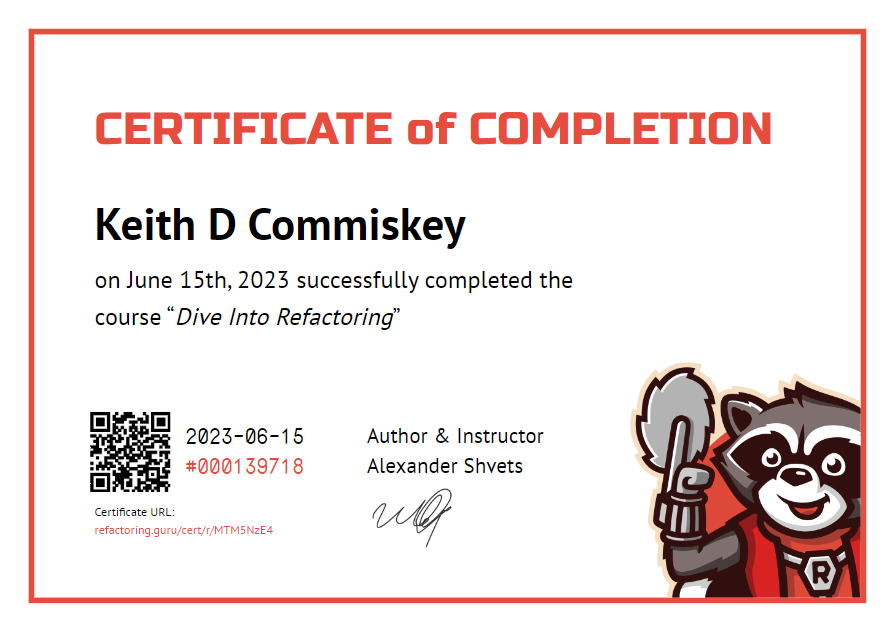Due to an innate burden that saddles me with self-comparisons of everything I do with
Category: dart
From the source code: flutterbincachedart-sdklibcollectioniterable.dart /// Operations on iterables with nullable elements. @Since(“3.0”) extension NullableIterableExtensions<T

Learning: Mobile App Development – via Flutter What is … Flutter? Flutter is a mobile—and
![DCM lint fix: prefer-null-aware-spread | `...?playersMap['new'],`](https://kdcinfo.com/blog/wp-content/uploads/2024/07/code_20240716_163611_via_10015_io.png)





